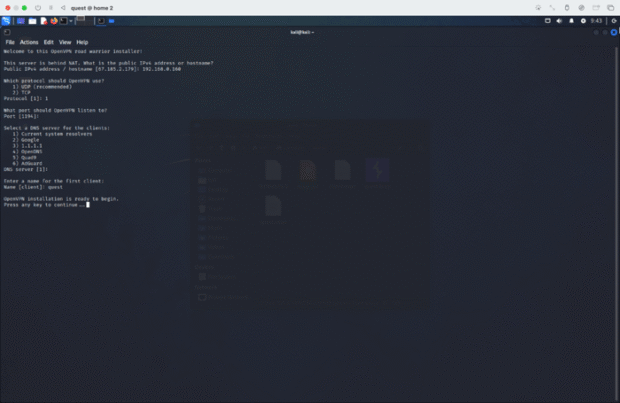
The rapid evolution of India’s e-commerce landscape is ushering in transformative trends, driven by advancements in technology and changing consumer preferences. As digital penetration increases and platforms become more accessible, understanding the trends shaping e-commerce in India can provide insights for businesses and consumers alike.
1. Rise of Mobile Commerce (M-commerce)
Mobile devices are the primary driver of online shopping in India. With affordable smartphones and data, consumers from urban to rural areas are embracing mobile commerce. This shift makes it essential for e-commerce platforms to focus on mobile-optimized websites and apps, catering to India’s mobile-first market.
2. Growth in Digital Payments
Digital payment systems, such as UPI, Google Pay, and Paytm, have revolutionized how Indians shop online. With more consumers shifting away from cash-on-delivery to digital transactions, e-commerce sites are able to provide a seamless, fast, and secure payment experience. This trend is reinforced by government initiatives promoting cashless payments.
3. Social Commerce and Influencer Marketing
Social media platforms like Instagram, Facebook, and YouTube play a crucial role in e-commerce growth. Many brands are collaborating with influencers and using social commerce tools to reach and engage audiences directly. This strategy has proven effective in fostering brand loyalty and creating personal connections with consumers.
4. Personalization Through AI and Data Analytics
Leveraging AI and data analytics is becoming a significant trend in e-commerce. By analyzing customer behavior, platforms can personalize shopping experiences, suggest products, and even optimize marketing strategies. For instance, e-commerce giants in India like Flipkart and Amazon utilize AI-driven recommendations, increasing the likelihood of purchase by curating suggestions based on individual preferences.
5. Expansion into Rural Markets
Rural India represents a massive, untapped market for e-commerce. With improved logistics and distribution networks, companies are now able to reach customers in remote locations. Initiatives like Amazon’s ‘I Have Space’ and Flipkart’s Project Bharat aim to bring e-commerce to these underserved regions, providing opportunities for both consumers and local entrepreneurs.

6. Focus on Sustainability and Eco-friendly Practices
Indian consumers, particularly millennials and Gen Z, are increasingly conscious of environmental impact. Many e-commerce businesses are responding with sustainable practices, such as eco-friendly packaging and a focus on local products. Platforms like Myntra and Big Basket are already implementing sustainable initiatives, resonating with environmentally aware shoppers.
7. Adoption of Voice Search and Regional Languages
Voice search and regional language support are gaining traction. With more Indians accessing the internet, e-commerce platforms are adapting by including regional languages and optimizing for voice search. Google has reported increased adoption of Hindi and other regional languages in searches, indicating that multilingual e-commerce options could unlock even more growth.
8. Augmented Reality (AR) for Enhanced Shopping Experiences
AR is revolutionizing the e-commerce experience by helping consumers visualize products in real-world settings. Brands like Lenskart use AR to let customers try on eyewear virtually, enhancing decision-making and reducing return rates. This trend is expected to expand to other sectors like fashion, home decor, and automotive.
9. Quick Commerce (q-commerce)
Quick commerce is shaping Indian e-commerce with 10–30 minute delivery promises, catering to instant gratification demands. Groceries, essentials, and pharmaceuticals are prime categories benefiting from this model, and platforms like #Dunzo and #Swiggy Instamart are leading the charge. Quick commerce is particularly popular in metropolitan areas, where convenience is a top priority.
Conclusion
The Indian e-commerce industry is evolving at an unprecedented pace, blending technology with changing consumer expectations. By understanding and adapting to these trends, businesses can harness India’s digital transformation to create a robust, future-ready presence in the online market.
For a deeper dive into India’s e-commerce evolution, check Industry insights by Flipkart, latest updates from Amazon India, or explore the Government of India’s Digital India initiative here.
#TrendingNow #InspirationDaily #ExploreMore #LifestyleTips #InTheNews #DigitalAge #Insights #Innovation #BehindTheScenes #WorldView #Digital #forensic #postyhive
Read more on our more trending special page










Be the first to leave a comment